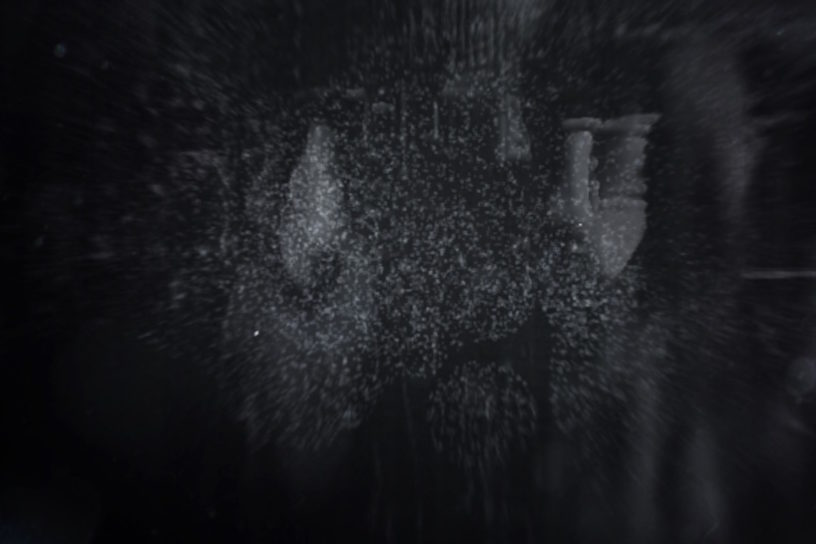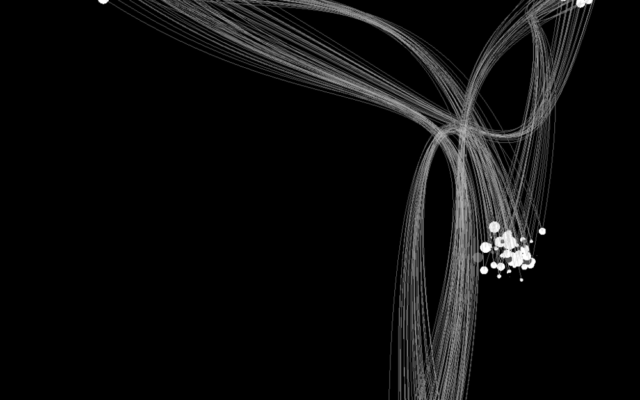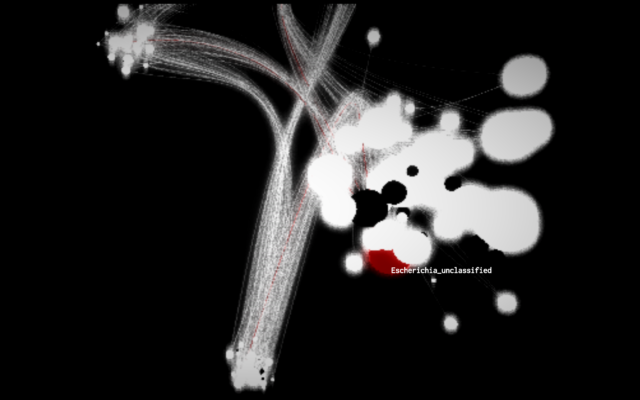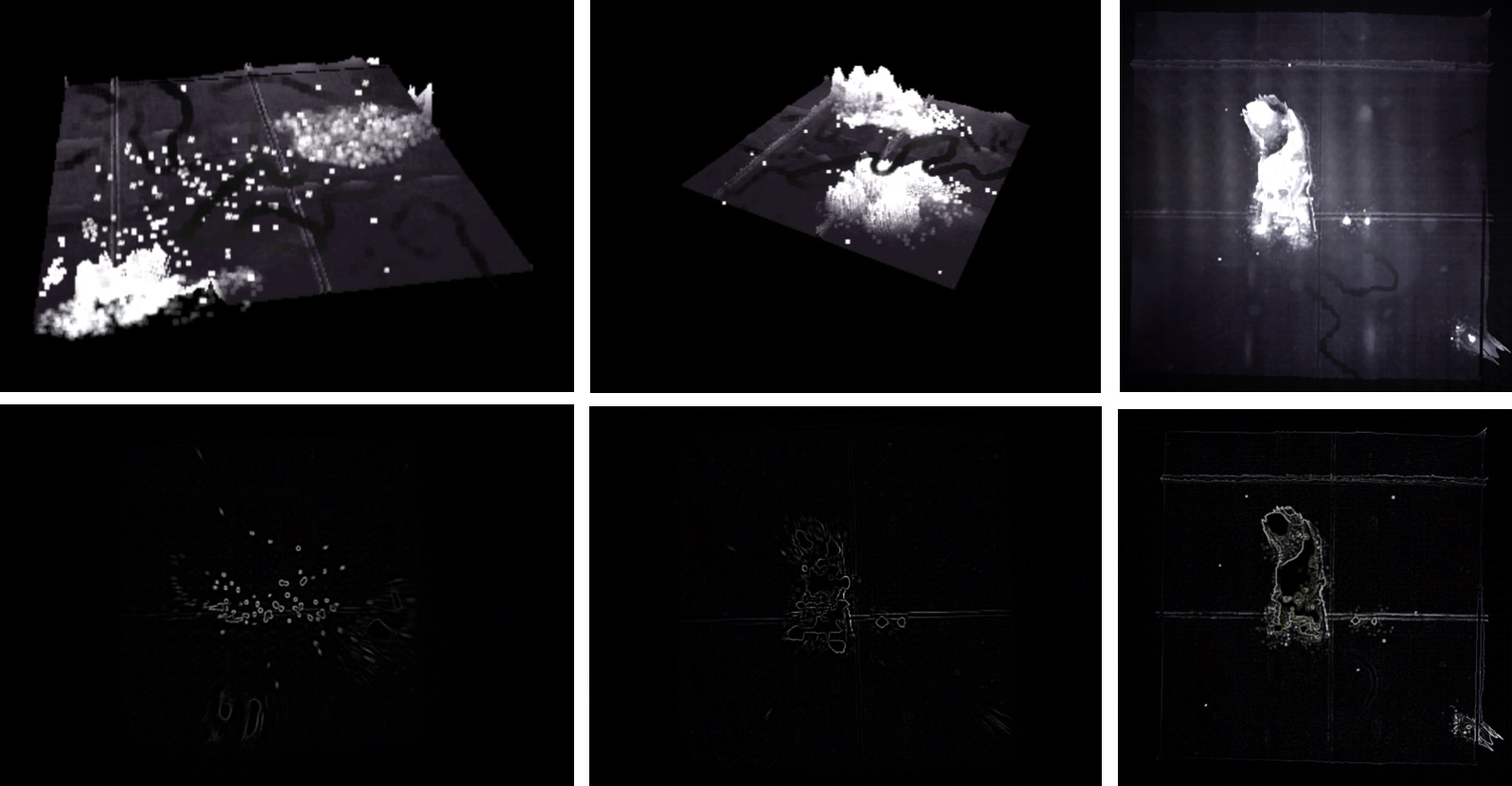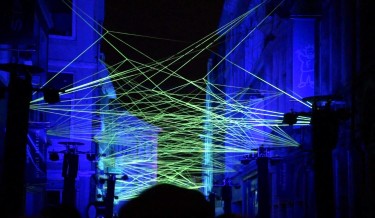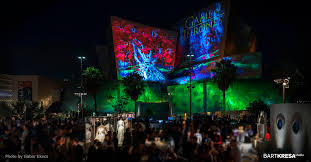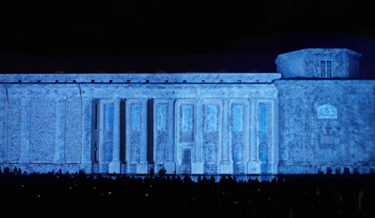Related post
Ghent Light Festival 2015: Video Collection
Feb 23, 2015
|
Comments Off on Ghent Light Festival 2015: Video Collection
3186
HBO GAME OF THRONES SEASON 7 PREMIERE PARTY
Sep 06, 2017
|
Comments Off on HBO GAME OF THRONES SEASON 7 PREMIERE PARTY
1859
3D mapping projection “Sofia’s Starmap”
Aug 03, 2017
|
Comments Off on 3D mapping projection “Sofia’s Starmap”
1923

